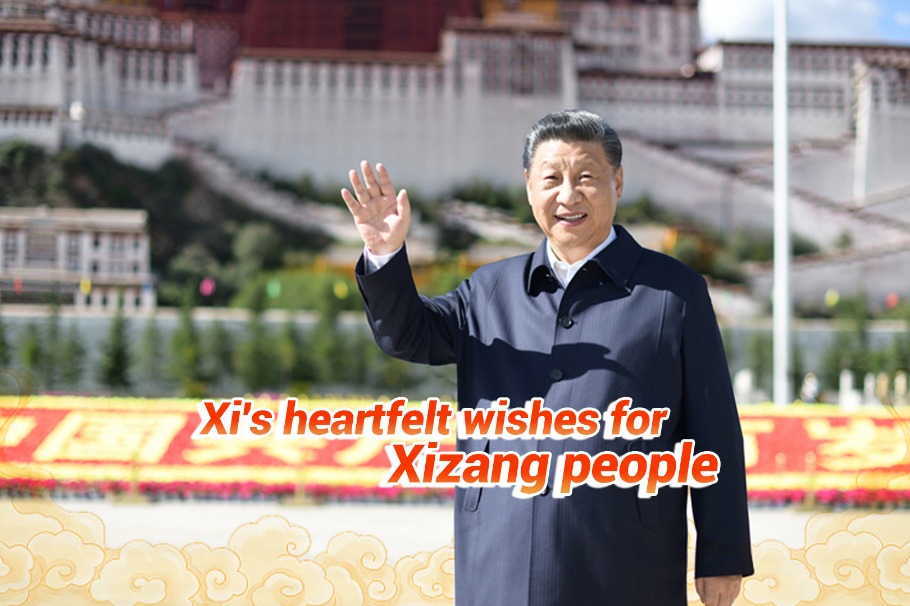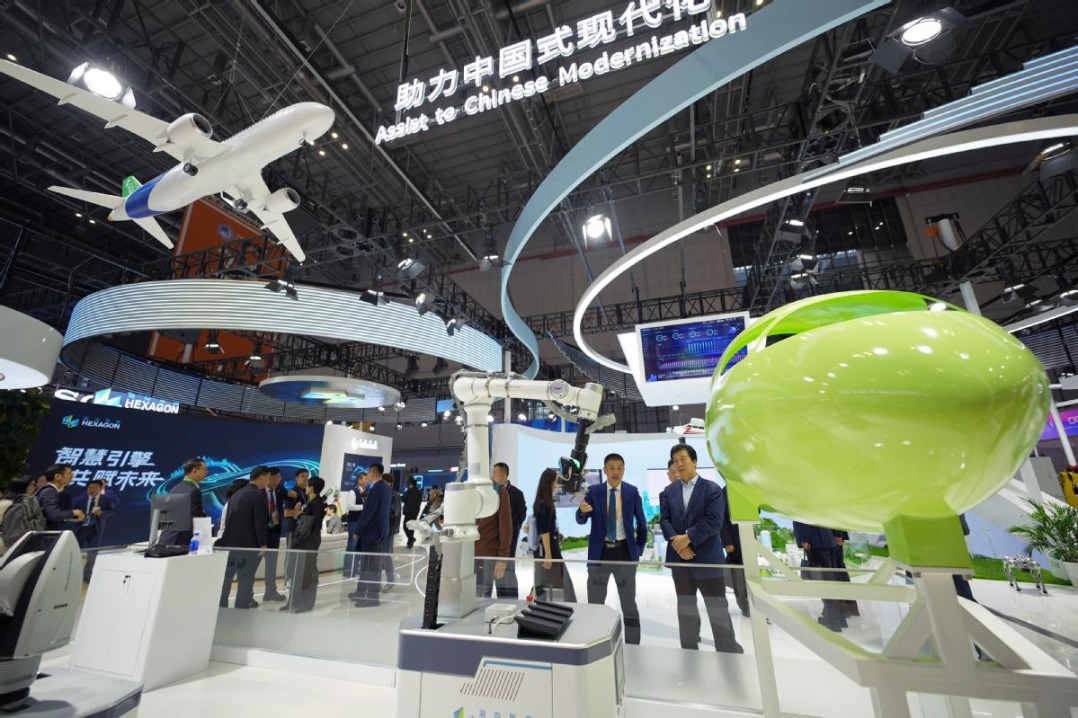Medical assistance continues to grow

In the seven decades of sustained effort in malaria control, China has gained valuable experience and is actively sharing it with African countries.
Here is a timeline of significant events:
1963: The Chinese government sends its first medical team to assist several nations in Africa.
1972: Chinese scientists, led by Tu Youyou, extract artemisinin from sweet wormwood, and this becomes the core compound of the most effective malaria-fighting drug known so far.
1977: China's Guilin Pharmaceutical Factory develops Artesunate, a water-soluble derivative of artemisinin that has enhanced effectiveness against severe malaria.
1980s: Chinese research teams experiment with insecticide-soaked bed nets in places like Guangdong province to cull the mosquitoes that spread malaria.
Meanwhile, China starts to help African countries build comprehensive hospitals and provides assistance in the local fight against different epidemic diseases, including malaria.
1990s: The number of malaria cases in China plummets, and deaths are reduced by 95 percent. At the same time, China increases the scale of its medical aid to African countries.
2000s: China's antimalarial model — the combination of rapid diagnostic tests, insecticide-treated nets and artemisinin-based therapies — is endorsed by the World Health Organization as the recommended malaria response.
2006: At the Forum on China-Africa Cooperation, China pledges to help Africa fight malaria and to set up 30 centers to fight and prevent malaria in African countries in the next three years.
2007: China's Guangzhou University of Chinese Medicine starts a malaria elimination project with Comoros in 2007. By 2017, Comoros had achieved zero malaria deaths.
2010: Artesun, developed by China's Guilin Pharmaceutical, becomes the first injectable treatment for severe malaria prequalified by the WHO.
2015: The China-Tanzania Demonstration on Malaria Control Project is implemented in Tanzania and leads to a significant reduction in malaria prevalence rates, from over 30 percent in 2015 to less than 3 percent in 2021, at the intervention sites.
2021: China-Africa Cooperation Vision 2035 states that China supports African health policies and will help Africa strengthen its prevention-and-control system for communicable diseases.
SOURCES: WORLD HEALTH ORGANIZATION, MINISTRY OF FOREIGN AFFAIRS, BILL &MELINDA GATES FOUNDATION.
Today's Top News
- China exempts childcare subsidies from individual income tax
- Xi stresses building modern socialist new Xizang
- Xi arrives in Lhasa for celebrations of 60th founding anniversary of Xizang autonomous region
- Xi to review troop formations lining up along Chang'an Avenue during V-Day parade
- The great power game behind the Alaska summit
- Tariffs and the new geopolitics of the Amazon






























